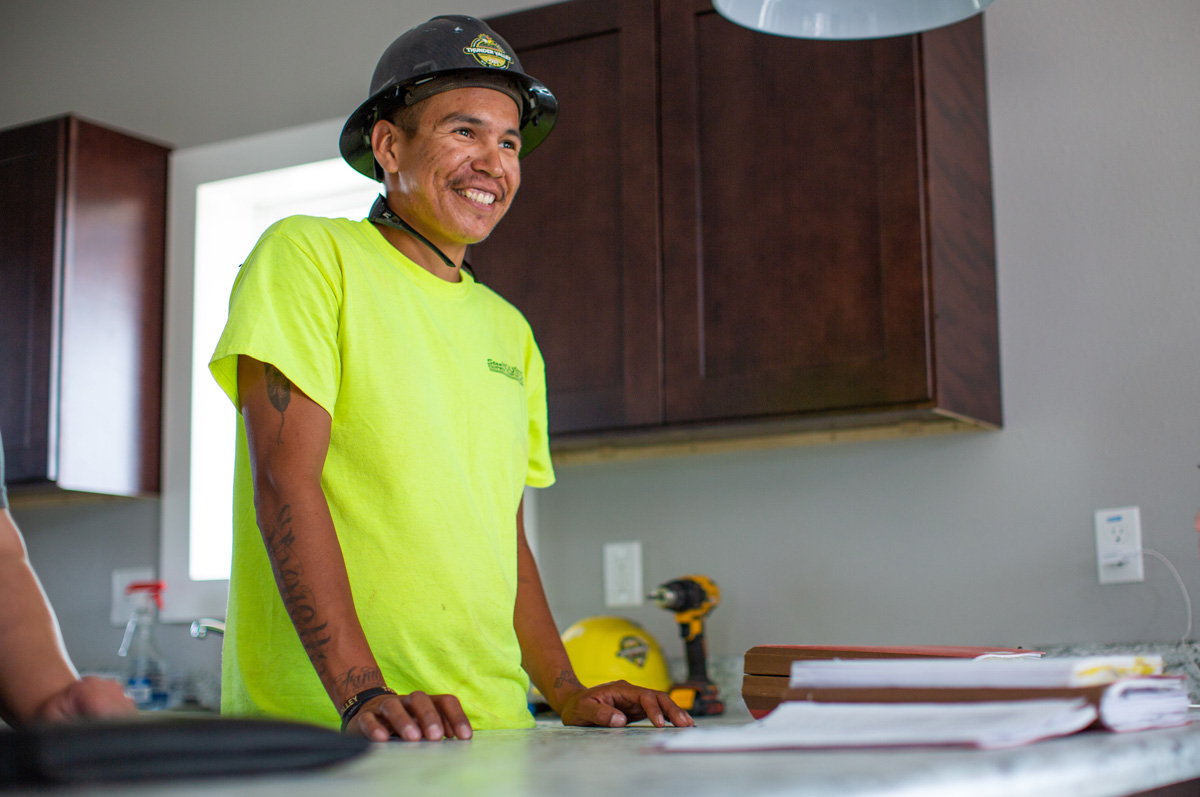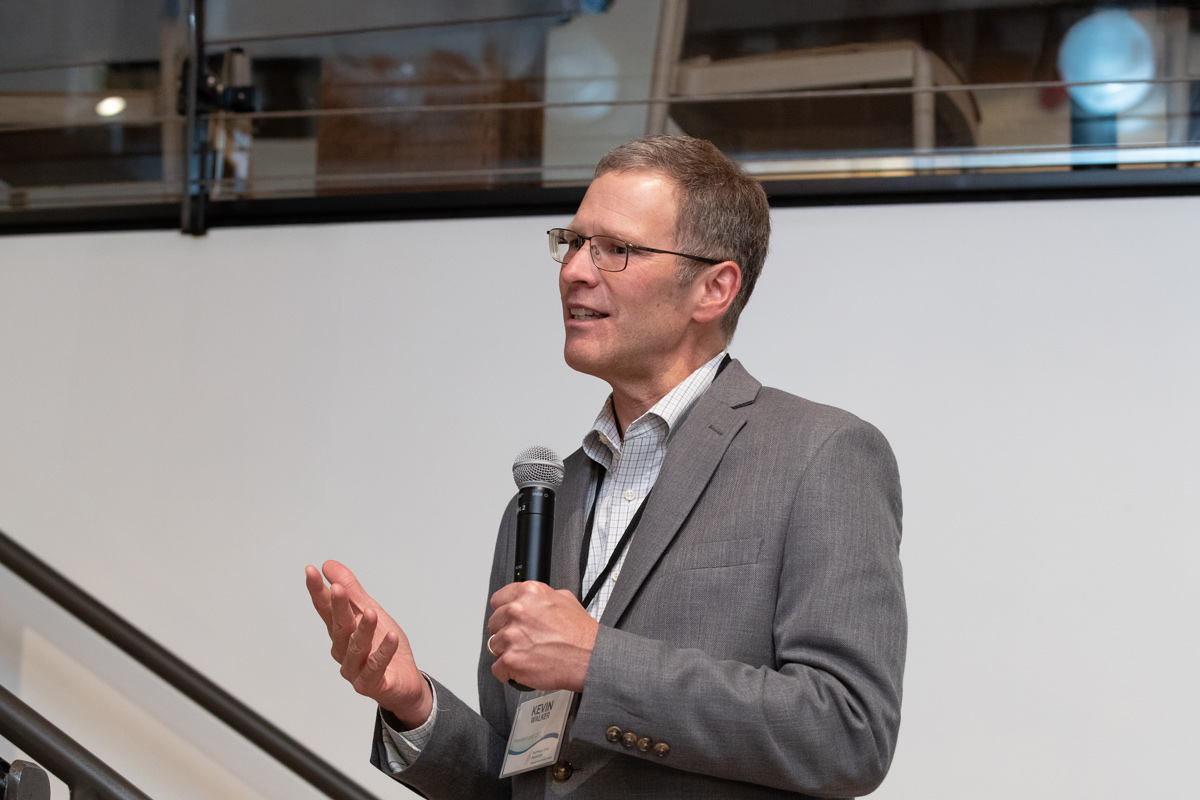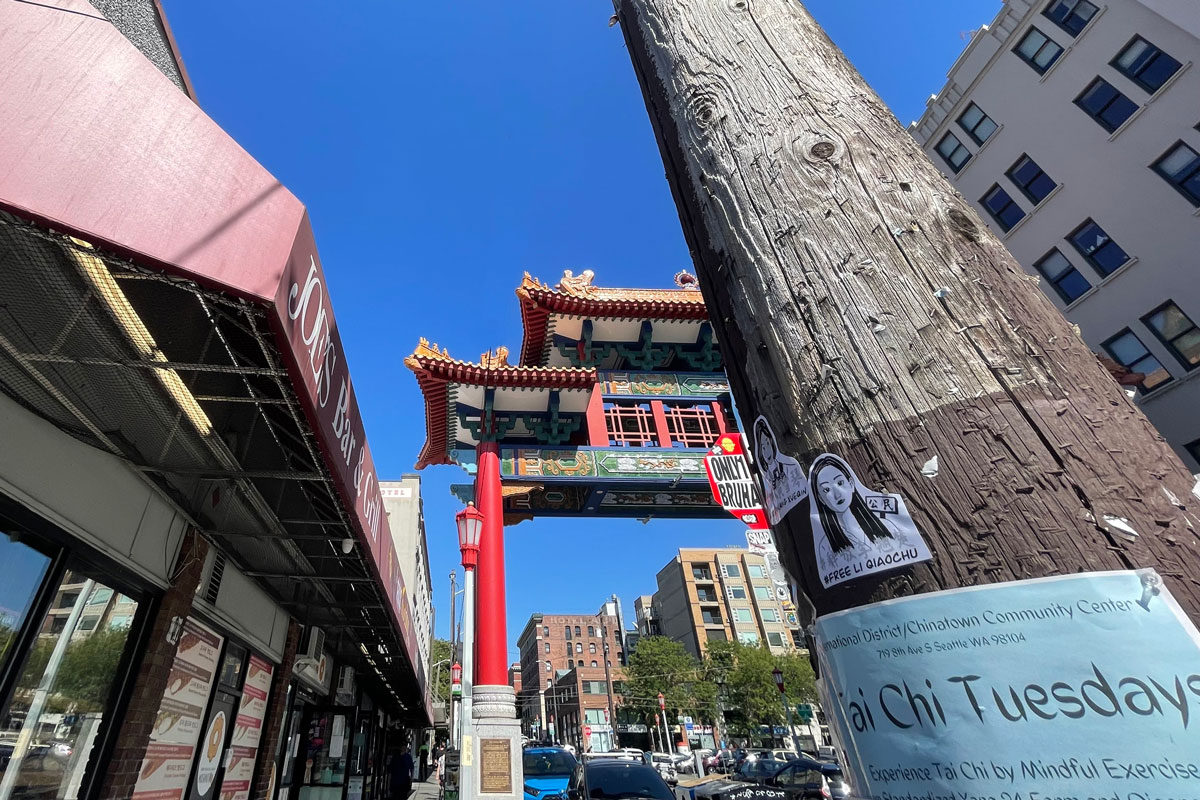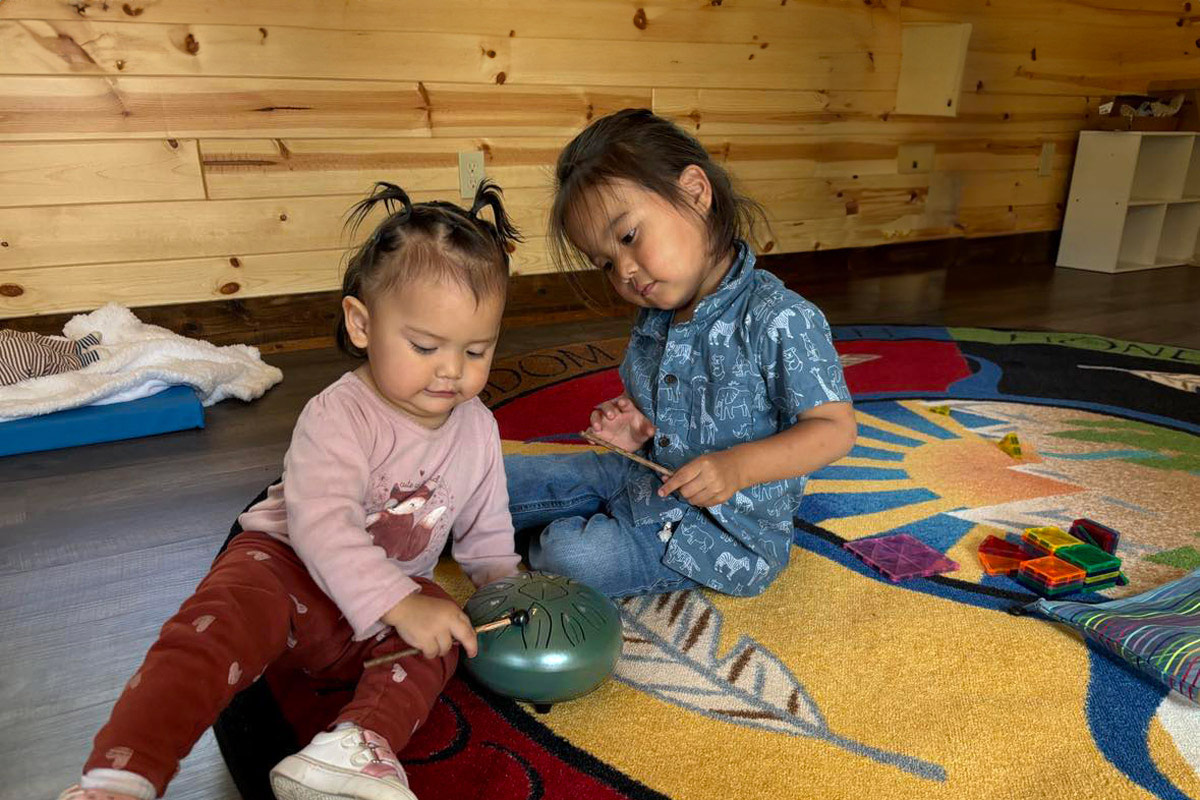Creating pathways for the community to thrive on its own terms.
Alan Jealous (pictured above) is a young father with a belief that time and effort can turn visions for the future into reality.
Those who know Alan describe him as quiet, reserved, and self-determined. His vision is one that many in his community share—a better future for his family and his community.
To realize his own vision for the future, Alan became a trainer for the Thunder Valley Community Development Corporation (CDC) Workforce Through Sustainable Construction Program. This program, which Alan helped launch, trains and educates adults ages 18–26 in the skills and methods necessary for eco-friendly, sustainable home construction.
Alan is a trainer and much more.
As a trainer, Alan not only saves money to put toward a home of his own, but also shares his construction skills and knowledge with others in the community.
“[Alan is] from our community,” says Tatewin Means, executive director of Thunder Valley CDC. “He grew up in the same places, seeing the same things. . . . A lot of times our male population struggles for those positive mentors and he’s able to be that for so many others at a younger age.”
“He [Alan] grew up in the same places, seeing the same things. . . . A lot of times our male population struggles for those positive mentors and he’s able to be that for so many others at a younger age.”
Tatewin Means
While people like Alan on the Pine Ridge Reservation have proved their resourcefulness, our economic system can be extractive, erecting barrier after barrier to make it harder for the community to thrive on its own terms.
Opportunities to thrive are what Tatewin and her team at Thunder Valley CDC work hard to put in place. These pathways enable people like Alan to take control of their own futures and pursue individual journeys of healing.
The first step in the path to liberation is healing.
Healing is a priority for Tatewin and Thunder Valley CDC.
“You can’t be liberated, you can’t be free to be responsible and to change your thinking if you are still affected by trauma,” she says.
The path to healing begins with individuals and families and eventually makes its way throughout the whole community.
“Your workforce, your community, all the good things [are] only as strong as each individual and their family,” Tatewin says.
“You can’t be liberated, you can’t be free to be responsible and to change your thinking if you are still affected by trauma.”
Tatewin Means
Healing occurs within a holistic, Native context.
Though Thunder Valley CDC creates pathways for each person to take his or her own journey, community is at the heart of Lakota culture and in the organization’s mission. This way of life stands tall in contrast to Western culture, which prioritizes individual measures of success like the accumulation of wealth and power.
“It’s not about individualism,” Tatewin says. “We have never been a culture or society about that as Lakota people, so [it’s] really connecting to our roots as caring about the whole.”
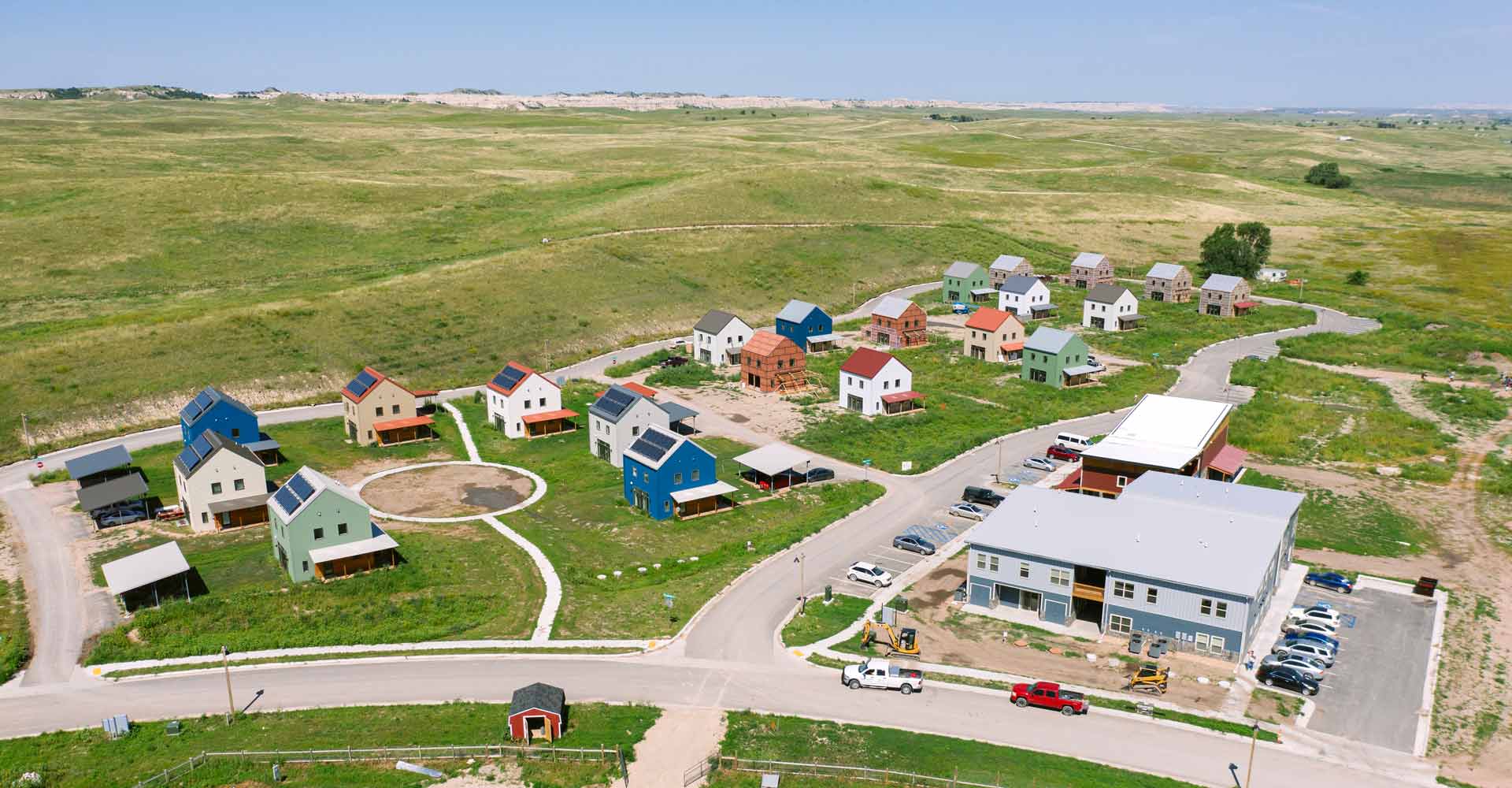
Caring about the whole means caring about the community.
When healing starts with individuals like Alan, the effects ripple through families and the community.
Our Foundation, as a long-time partner, understands that Thunder Valley CDC was created by the members of the Pine Ridge community to amplify its wealth of wisdom, passion, and expertise to heal trauma. We support Thunder Valley CDC’s efforts to do what is best for its community, honoring history, respecting perspectives, and valuing experiences.
“[Alan is] all about hope and perseverance and all of those values that we hold high here at Thunder Valley,” Tatewin says.
Thunder Valley CDC defines success beyond material measures.
Thunder Valley CDC’s initiatives and programs present opportunities for self-determination. Alan, in addition to launching and working as a trainer in the Thunder Valley CDC construction program, became the first homeowner in its Regenerative Community Development initiative and today is a member-owner of its construction company.
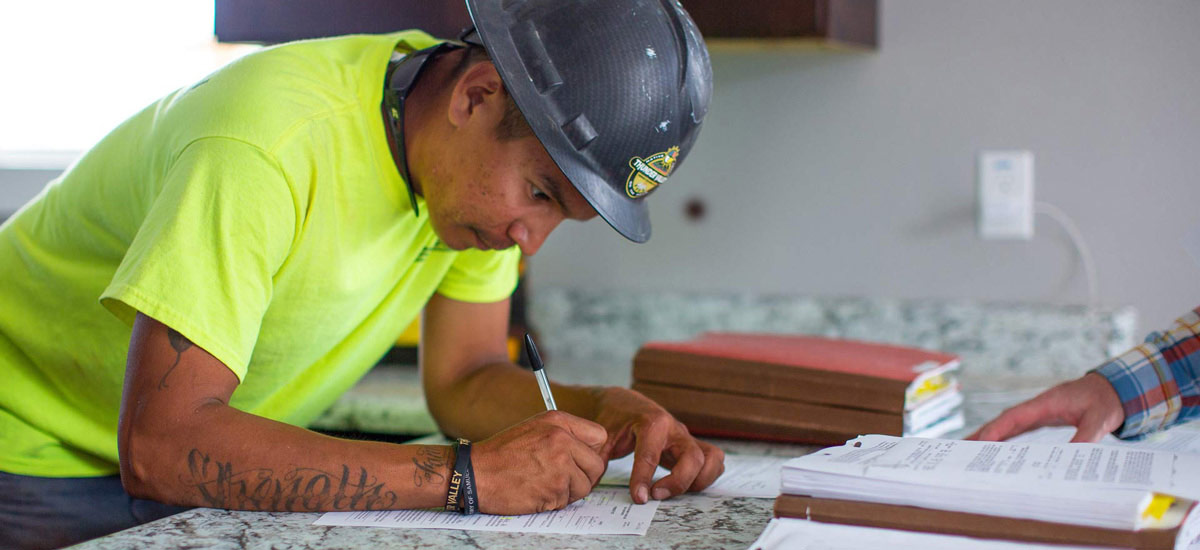
By charting pathways through Thunder Valley CDC programming, Alan translated his vision for a better life into liberation for himself and his family, according to Tatewin. Tatewin calls Alan a true success:
“[Alan is successful] not because he was able to accumulate an asset in a home. It’s not because he’s building equity in a home. It’s not because he’s a company owner. Those are very important and held in high regard in Western society.
“It’s because he’s able to be a mentor to others, to be an example to many in our community, [and] to provide for his family. And I know that’s been one of his goals—to have a safe home for his children. He’s a father.”
Success occurs by contributing to the community.
“To be a living example to our community is what makes it a success story, that makes him a success story—not necessarily all those material things, but those very real and humanistic things,” Tatewin says.
“To be a living example to our community is what makes it a success story, that makes him a success story.”
Tatewin Means
Alan’s story is just one example of how Thunder Valley CDC transforms lives and communities through its initiatives, thoughtful partnerships, and pathways. Thunder Valley CDC is building equitable economies where prosperity is defined by the community and opportunity is shared by all with good jobs, thriving businesses, and vibrant cultures.
HOW GRANTEES HELP COMMUNITIES PROSPER
Grantees That Are Building Equitable Economies
At Northwest Area Foundation, we're learning from our grantees that are building equitable economies. This story is the second in a series highlighting how our grantees are liberating the communities they serve from policies, practices, and beliefs that disadvantage them.
Four Bands Community Fund
This Native CDFI cultivates the partners, funding, and networks necessary for its communities on the Cheyenne River Sioux Reservation in South Dakota to prosper—growing good jobs, supporting small businesses, creating self-sufficiency, and bringing dreams to life for multiple generations.
Read the profileThunder Valley Community Development Corporation
Created by and for members of the Pine Ridge Reservation in South Dakota, this organization transforms lives and communities through its programming, partnerships, and pathways—building equitable economies where prosperity is defined by its Lakota communities and opportunity is shared by all with good jobs, thriving businesses, and vibrant cultures.
IMMIGRANT DEVELOPMENT CENTER
IDC supports the wisdom, passion, and expertise of multiple cultures in the greater Fargo, ND – Moorhead, MN area. It creates strong partnerships throughout Fargo-Moorhead to liberate communities from policies and practices designed to disadvantage them, build the capacity of businesses and the economic skills within the immigrant and refugee population, and ultimately lead its clients to economic self-sufficiency.
Read the profileOneAmerica
As the largest immigrant and refugee advocacy organization in Washington State, OneAmerica builds equitable economies by creating civic and political space for grassroots leaders to shape and reform critical policies, practices, institutions, and movements that impact the lives and build upon the unique assets of their community members.
Read the profileUjaama Place
Through high-context coaching and its community of support, Ujamaa Place works with young African American men in the Twin Cities metro area to make space for dreams by addressing traumas of personal and historic significance, racism, breaking cycles of defeat, overcoming barriers to stability, and helping participants thrive on their own terms.
Read the Profile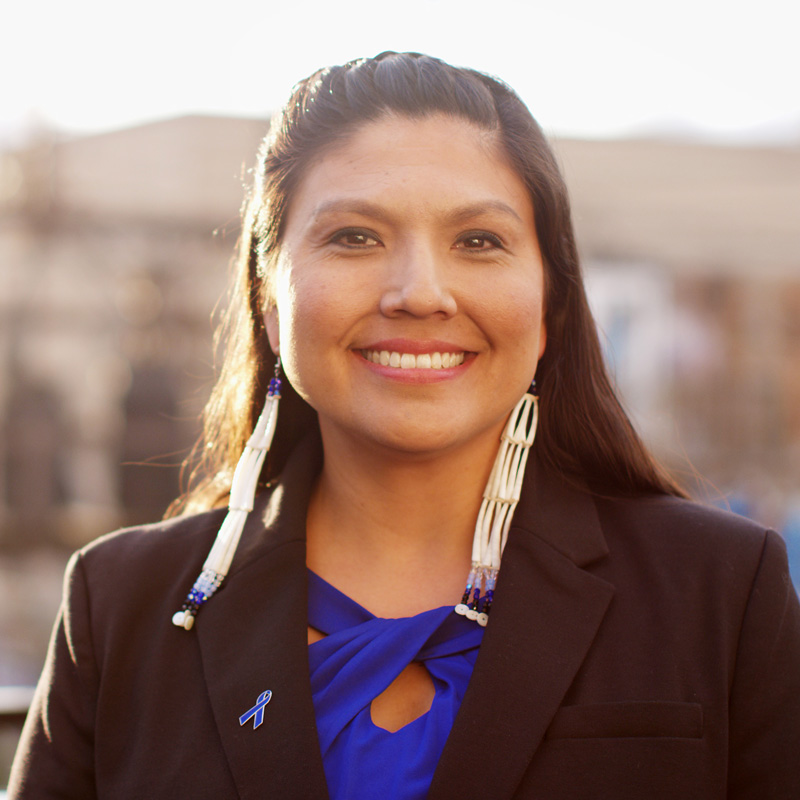
“Your workforce, your community, all the good things [are] only as strong as each individual and their family.”
Tatewin Means
Executive Director, Thunder Valley CDC

